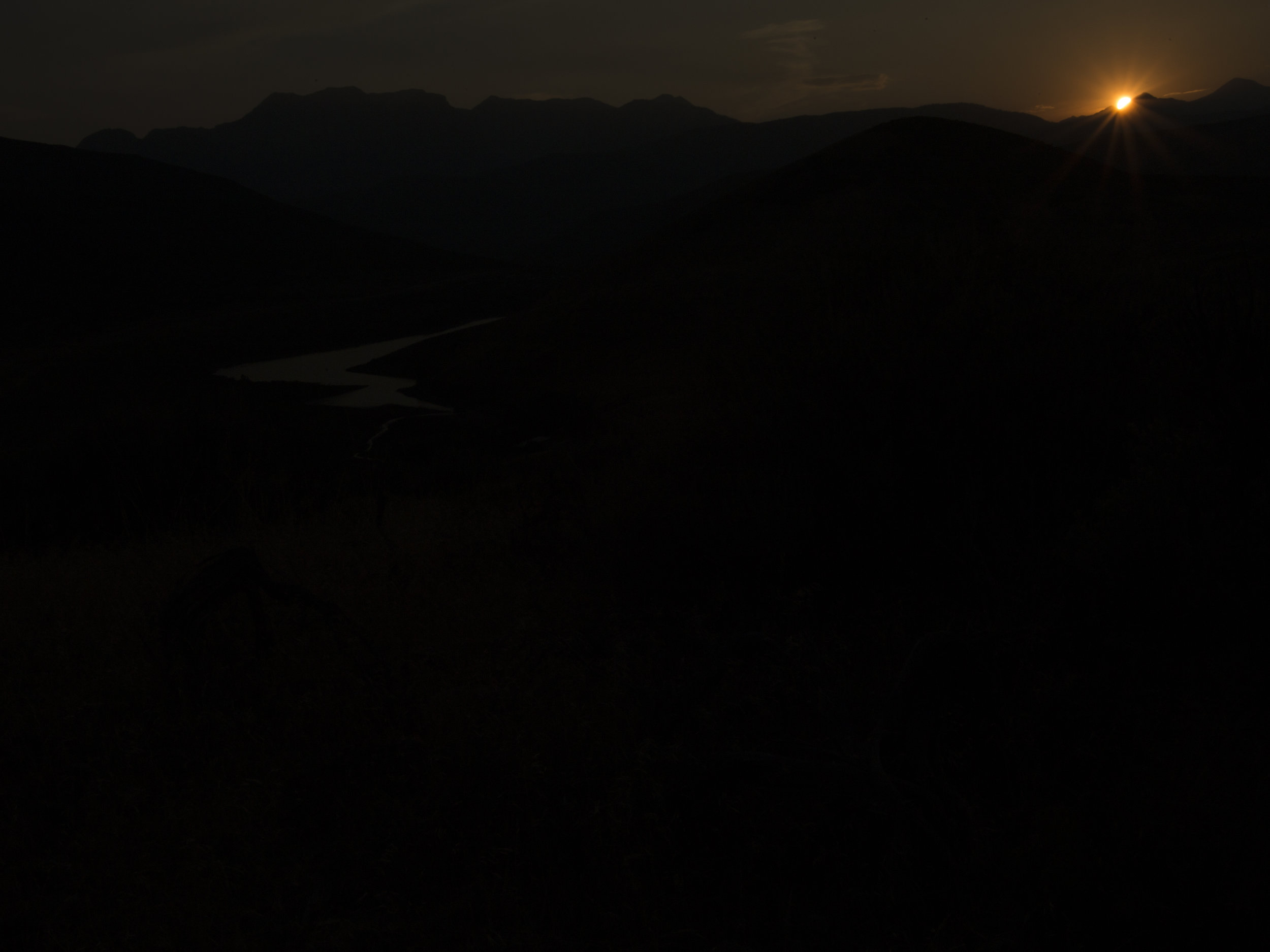Research, Logistics, Gear, Creativity, Camera Settings, Composition, Timing, Light, and Luck.
There is a lot going on behind the scenes of a good photograph, and it is easy to mess it up if you're not paying attention.
From encountering new scenarios, lacking the proper equipment, forgetting to charge batteries, to hitting that metaphorical wall we have all grown to despise called Creativity Block. These are just some of the things that can go wrong when photographing the perfect landscape. In this week's post I am going to touch on some of my massive failures on the road to mastery. Every day I am making mistakes; learning and growing as a photographer. Even the greatest photographers alive will attest that making mistakes, missing the shot, and ultimately failing has gotten them to where they are today.
I call the above image veiled perfection. I got to my location early, composed this image well in advance, set my ISO, aperture, and shutter speed, and focused correctly, then waited for the sun to set over the distant mountain.... What I didn't do was adjust my shutter speed as the light faded and got darker. You see, I got my exposure reading in broad daylight with the sun directly overhead, and in my excitement forgot to adjust my shutter speed to compensate for the change in available light. In todays world digital cameras save our butts 90% of the time and we can still get the shot if heaven forbid something like this happens.
Here's a fun one! The ever common image stack to get everything in focus. In layman terms, when your subject matters are too spread out and your camera cannot compensate to get the entire image in focus, it is sometimes necessary to "focus stack". This is taking images at different focusing distances then combining them later in post to get uniform sharpness across the image. When you screw this up it is the most frustrating thing in the world because it can be easily overlooked while shooting. In the image below look closely across the first hillside. The entirety of it is out of focus. This is because I only shot two images to stack and focused too close on my initial image. Ideally a tilt shift lens would be the best solution, but a costly one. So, focus stacking is a necessity at times to get the best image. I stopped editing this image when I noticed the error because there is only one way to fix this: Buy a new camera that allows you to change focus later. Thankfully I wasn't satisfied with the image 100% to begin with as the flowers were beginning to wilt. I found a different composition that I was more pleased with.
Here is an awesome picture of a blurry moose.
When photographing wildlife its oftentimes smart to turn on your autofocus, especially for beginners. I am not a beginner (nor am I an expert), but I try to do things as close to old school film shooting as possible and sometimes it bites me in the @$$. Here I attempted to manually focus on the moose with a semi fast aperture of ƒ4.5, while slowly moving backward since we walked up on each other. As I walked backward so did my point of focus, effectively focusing perfectly on the pine tree in front of my subject causing my moose friend to look velvety smooth and extremely blurry ... Chance missed!
Thankfully for all the times I've royally screwed up or done something goofy, there has been countless times when I've done something right. The below image is the most popular image I've ever taken. With 300+ more instagram likes than any other image, multiple reposts, over 60 combined comments, and multiple personal offline congratulations; it's safe to say I did something right when taking this image.
I'm no master, but you can be darn sure that I will continue making mistakes until I am. After all, failure is what drives success.




